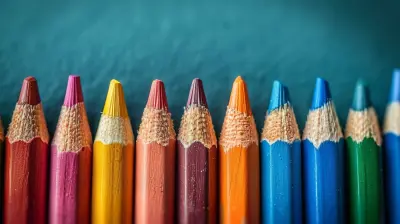Preparing Students for a Multicultural Workforce
20 October 2025
Ever stepped into a room buzzing with people from all walks of life and instantly felt the world shrink just a little? That’s the modern workplace for you—colorful, dynamic, and deeply interconnected. And guess what? Today’s students are tomorrow’s professionals navigating this global melting pot. So, how do we prepare them to thrive, not just survive, in a multicultural workforce?
Let’s dive into what it means to truly get students ready for a diverse working world—because textbook knowledge is just the start. The real magic lies in soft skills, cultural awareness, adaptability, and empathy.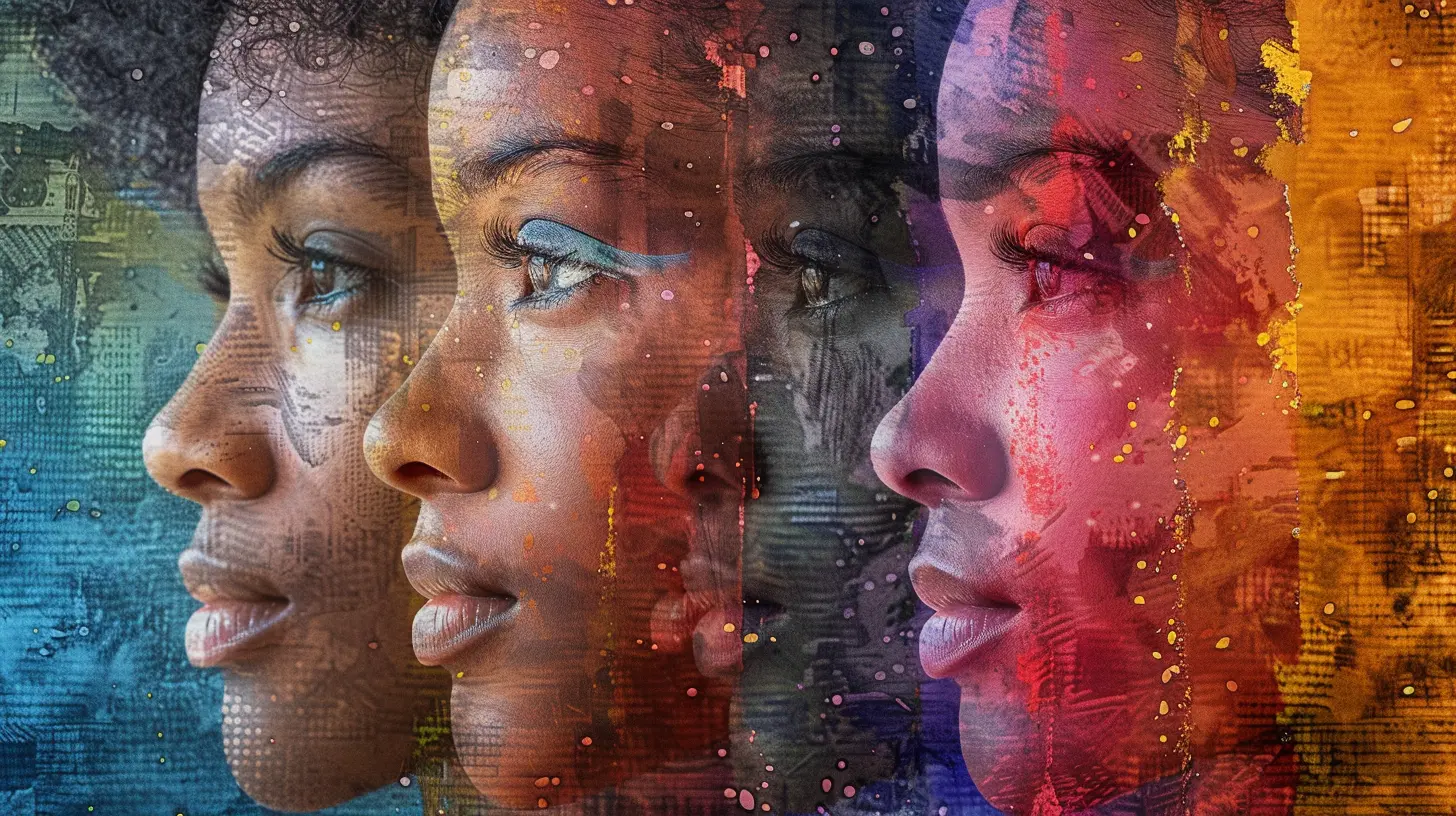
Why a Multicultural Workforce Matters
First things first, why all the buzz about multiculturalism in the workplace?It’s simple. Businesses today are no longer confined by borders. A company headquartered in New York may have a design team in Berlin, a dev team in Bangalore, and customer support in Manila. This kind of diversity brings fresh ideas, broader perspectives, and, let’s be honest, way better potlucks at the office parties.
But diversity also demands understanding. Without cultural competence, even the brightest minds can stumble over miscommunication, biases, or unintentional offense.
So it’s not just about filling a quota—it’s about building teams that work well together, respect each other, and create amazing results through their differences.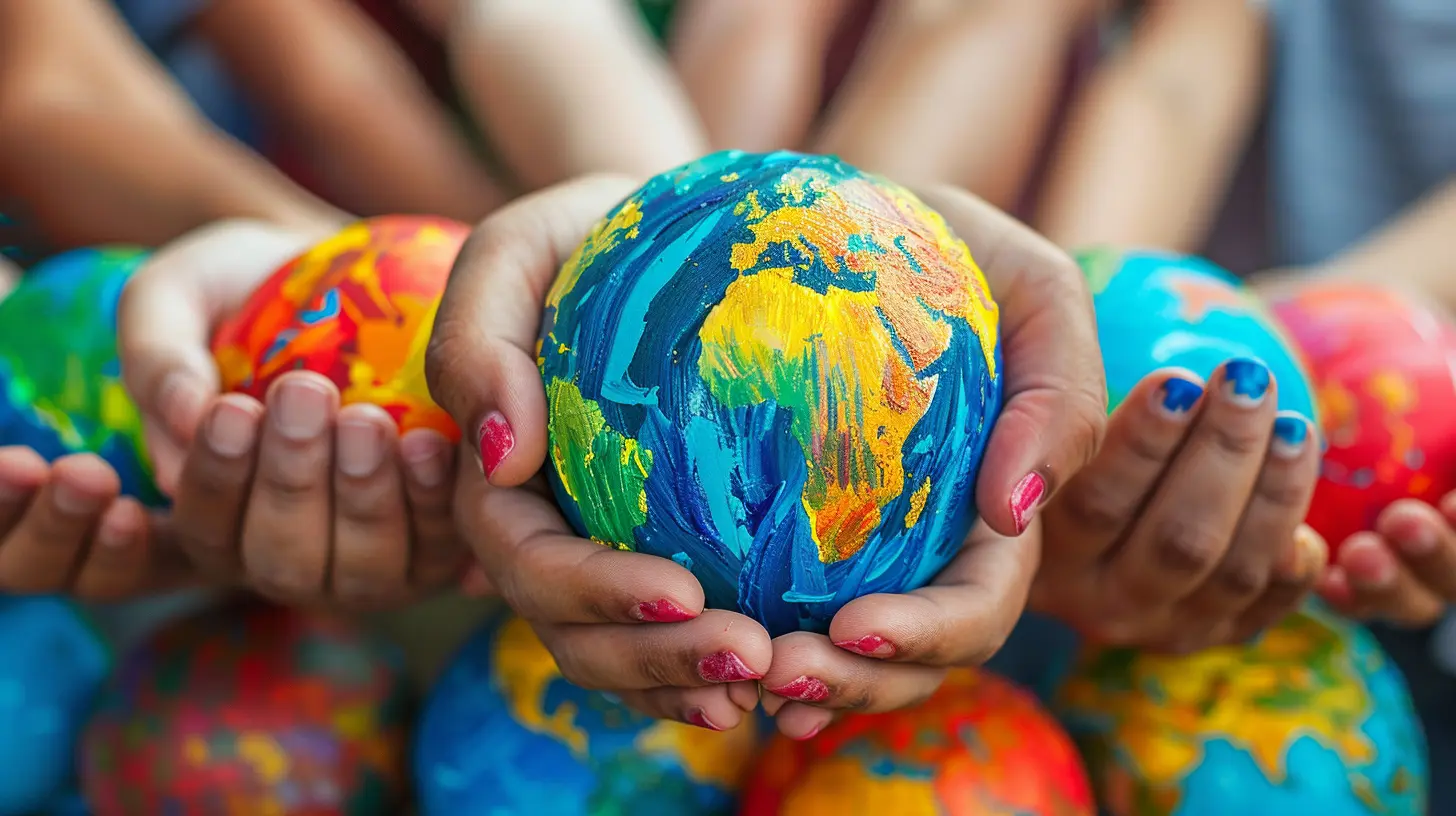
The Role of Education: More Than Academics
We often focus on grades, test scores, and GPAs. But when it comes to preparing students for real-world jobs—especially in diverse environments—a high GPA won’t do much if someone lacks people skills or cultural sensitivity.This is where education steps in—not just to teach facts, but to shape individuals. Schools and universities have the incredible responsibility of helping students grow into open-minded, adaptable professionals who can connect across cultures.
Education should be a launchpad, not a finish line.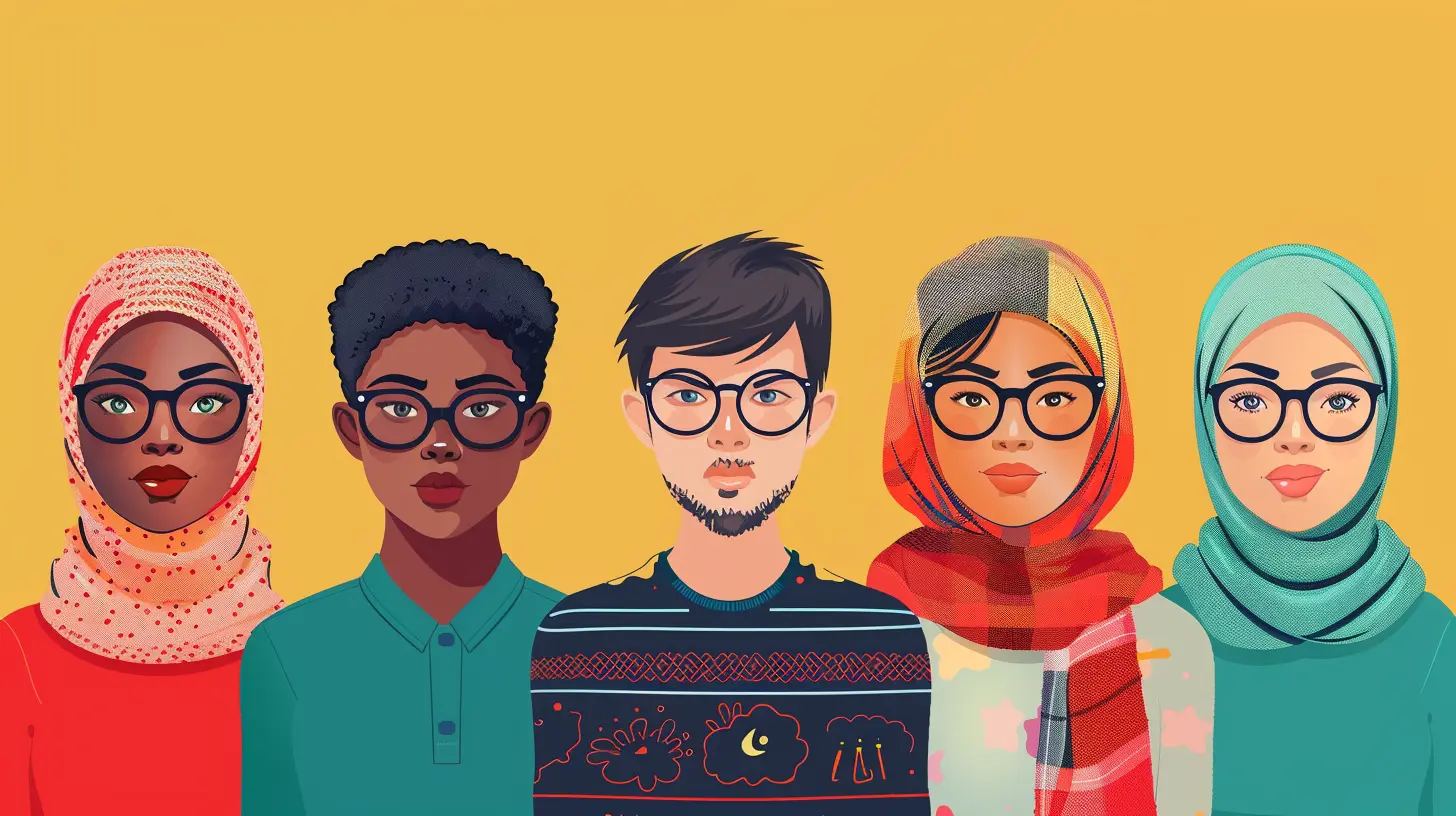
Key Skills for Thriving in a Multicultural Workplace
So, what exactly should students be learning to fit right into this global dance floor of professionals?1. Cultural Intelligence (CQ)
Ever heard of IQ and EQ? Well say hello to CQ—Cultural Intelligence. It’s the ability to relate and work effectively across different cultural contexts.Students with high CQ are like cultural chameleons. They observe, understand, and adapt without losing their own identities. And believe me, this is a make-or-break skill in today’s world.
How to develop it? Simple: exposure. Encourage students to participate in cultural exchange programs, study abroad, or interact with international students on campus.
2. Communication Skills
No, not just public speaking. We’re talking about real, intentional communication.That means listening actively, being aware of non-verbal cues (which differ wildly between cultures), and understanding tone, timing, and even silence.
BTW, just because someone speaks English doesn’t mean they mean the same thing as you with every phrase. Ever heard of “giving someone the cold shoulder”? Try explaining that to someone new to the language. See what I mean?
3. Empathy
Put simply, empathy is the ability to walk in someone else’s shoes. In a multicultural team, that’s like having a superpower.Empathy helps students become better teammates, leaders, and problem-solvers. It’s also a gateway to respectful, inclusive decision-making. And the best part? It’s teachable.
Through group discussions, reflection exercises, and diverse team projects, schools can help students practice empathy like a muscle they want to strengthen.
4. Open-mindedness
Closed minds close doors. Open minds open opportunities.Students need to be curious rather than judgmental when encountering cultures they don't immediately understand. This mindset encourages learning, adaptation, and smoother collaboration.
It’s like trying a new cuisine—don’t knock it till you’ve tried it, right?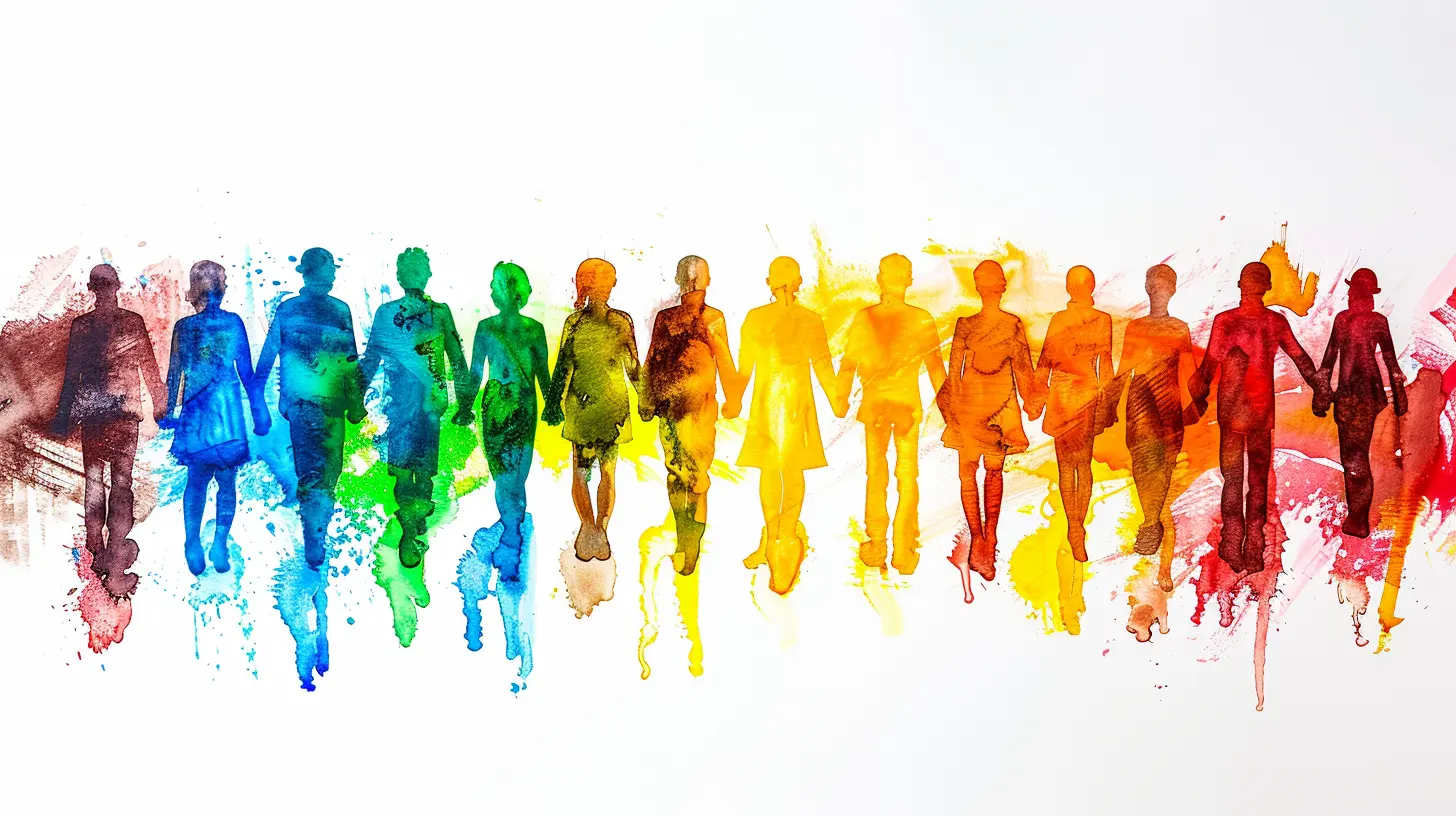
How Schools Can Integrate Multicultural Preparation
Alright, we’ve talked about the "what." Now let’s talk about the "how." How exactly can education systems support this preparation? Here are some ideas that actually work.1. Diverse Curriculum Content
Introduce global case studies, literature from various cultures, and historical perspectives beyond just Western narratives.Let students learn about the world not just from one angle—but from a kaleidoscope of experiences.
2. Group Work with Purpose
Set up projects that mix students of different backgrounds. But don’t just toss them together—guide them through reflection sessions, peer evaluations, and discussions on what worked and what didn’t.This helps them understand not just what diversity looks like, but how it operates in real collaboration.
3. Encourage Language Learning
Being bilingual or multilingual is a huge advantage. Even understanding the basics of another language shows effort and builds rapport in multicultural settings.Plus, studies show that learning languages boosts cognitive flexibility—a fancy term for thinking outside the box.
4. Partner with Global Organizations
Through internships, guest speakers, and mentorships, institutions can connect students with global professionals and real multicultural team dynamics.This is where theory meets practice—and students get to dip their toes into the global workforce before they even graduate.
The Importance of Inclusive Teaching Practices
Let’s not forget—teachers and institutions set the tone. If classrooms aren’t inclusive, how can we expect diversity to thrive in the workplace?A. Represent All Students
Make sure learning materials reflect a variety of cultures, genders, races, and backgrounds. When students see themselves represented, they feel like they belong—and when they see others represented, they learn to value them.B. Practice Fairness, Not Sameness
Fair doesn’t always mean identical. Some students may need different kinds of support due to language barriers, cultural differences, or learning styles. Good teaching meets students where they are.C. Foster Safe Discussion Spaces
Encourage open conversations about identity, bias, and culture. Sure, it can get a little uncomfortable—but that’s where real growth happens.Real-Life Examples Worth Noting
Let’s look at a few ways institutions are already crushing it in multicultural preparation.- Arizona State University integrates global learning into almost every discipline, encouraging students to understand issues from a worldwide perspective.
- Minerva Schools at KGI have a fully global curriculum. Students actually live in up to seven different countries during their education. Talk about immersion!
- Erasmus+ Program in Europe offers funded opportunities for students to study or intern abroad, helping them build cultural competence firsthand.
These aren’t just great programs—they’re blueprints for the rest of the world.
Challenges Students Might Face—and How to Beat Them
Let’s be real, though. Preparing for a multicultural workforce isn’t all sunshine and world maps. Students might face some real hurdles along the way. The good news? Awareness is half the battle.1. Stereotyping and Bias
Nobody likes being put in a box. But it happens. Teaching students how to recognize and challenge unconscious biases—both in themselves and others—is crucial.2. Communication Barriers
Accents, idioms, and different communication styles can make things tricky. But with patience and practice, students can turn these “barriers” into bridges.3. Cultural Missteps
Mistakes will happen. But they’re learning moments. Encourage a growth mindset where students can make errors, reflect, apologize, and grow.The Future is Diverse—Let’s Not Get Left Behind
Look, the days of homogenous workplaces are gone. The future is bold, bright, and undeniably diverse. That means today’s students must be more than just academically smart—they’ve got to be culturally wise too.Preparing students for a multicultural workforce isn’t about checking boxes. It’s about equipping them with the empathy, skills, and mindset to connect, collaborate, and lead in a beautifully complicated world.
Because at the end of the day, it’s not your resume that gets you through the toughest workplace challenges—it’s your ability to relate to and work with people who think, speak, and live differently from you.
And that, my friend, is the kind of lesson that lasts a lifetime.
Final Thoughts: Let’s Build Bridges, Not Walls
As educators, parents, and mentors, we all play a role in shaping the next generation of global citizens. Let’s encourage curiosity, celebrate differences, and teach students that diversity isn’t just something to tolerate—it’s something to treasure.So, the next time you’re in a classroom (or even just chatting with students), remember: prepping them for the multicultural workforce goes beyond lesson plans. It’s about planting seeds for a more connected and compassionate world.
Who’s ready to get started?
all images in this post were generated using AI tools
Category:
Cultural AwarenessAuthor:

Olivia Chapman
Discussion
rate this article
1 comments
Elidi Williams
This article raises fascinating points! How can educators effectively integrate multicultural perspectives into the curriculum to better equip students for diverse workplaces? Curious about specific strategies!
October 23, 2025 at 4:16 AM

Olivia Chapman
Thank you for your interest! Educators can integrate multicultural perspectives by incorporating diverse texts, using collaborative projects that encourage sharing different cultural views, and inviting guest speakers from various backgrounds. Workshops and training on cultural competency for teachers are also essential.

